Introduction
It is quite difficult for me to stay away from Africa for a long period of time. since my first trip to the African continent, I keep wanting to go back. Every trip is a new revelation with fabulous events and new experiences. The beauty and unpredictability of natural events never ceases to amaze, surprise and inspire.
On this trip, I went back to two of my favorite places for wildlife: The Sabi Sands area in South Africa and the Okavango Delta in Botswana.
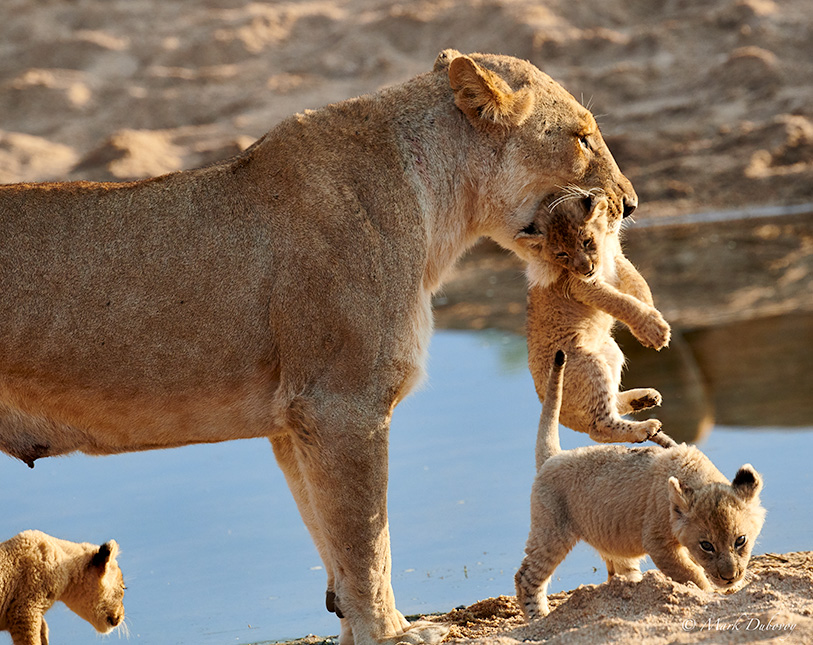
Focus, focus, focus…
I have found from experience that a specific focus in the style and the type of photographs one wants to produce is crucial in obtaining results that are above the line of mediocrity.
This is true regardless of subject matter or shooting conditions, and definitely true of wildlife photography.
My recent trip to Africa was a bit different for several reasons:
The first one is that I took my life partner on her first trip to Africa. I wanted to experience Africa through her beautiful eyes, not just mine.
The second one was that while I yearned to do something different, I kept getting pulled back to one of my all time favorite subjects: Cats.
The third reason is that I had a shoulder injury right before the trip that was severe enough that I did not think I was going to be able to turn the zoom or focus rings, let alone hold a heavy lens.
In the end, I figured out a way to rest the lens on top of my knee and I was able to hold the camera this way for short periods of time. Following the action and using the camera and lens controls was a painful challenge, but that was not going to stop me from trying.
I decided to focus primarily on cats, but with a generous sprinkling of other surprises. My life partner was completely engaged watching the daily evolution of life. As such, familial relationships as well as inter-species interactions became the primary subjects of my images.
My final area of focus is something I always try to do: Minimizing the amount of equipment. Carry only what is absolutely essential for the task at hand.

Equipment
I have said this many times, and I will say it again: I do not like to have a lot of equipment with me on African trips.
I see people who bring large heavy backpacks full of gear (sometimes even several backpacks or suitcases per person!). While I cannot criticize others for having a completely different style and a very different operating mode from mine, I still believe this is a mistake.
There are usually huge amounts of dust and precarious conditions while changing lenses. This is exacerbated by the need to do things very quickly and often times with the adrenaline running due to the fast and/or dangerous action nearby. One is also quite distracted trying to follow the action or jumping around in a moving vehicle. As a result, bad things can and do happen. I have seen plenty of broken lenses and seriously damaged cameras and sensors.
Even if there is no damage to the equipment, the loss of concentration and the rummaging for other equipment often times results in not just the loss of potentially great images, but in many instances completely missing something really special.
I would gladly choose seeing something really special and not taking a photograph of it, versus being caught up looking inside a camera bag and missing both, the viewing and the photograph.

In the past, I was rarely successful in being able to do what I wanted with a single camera body. Therefore, my main setup in Africa has traditionally been two camera bodies, each with one lens mounted and never changing lenses in the field
When shooting wildlife with 35mm equipment, I would often have a 400 mm or 500 mm fixed focal length lens, plus either a shorter fixed focal length lens like a 180 mm or 200 mm lens. Sometimes I would opt of a 70-200 mm zoom, although the fixed focal length lenses definitely delivered very noticeably better image quality.
On this trip, I decided to try only one body and one lens for the first time in my 35 mm Africa adventures. I chose a Nikon D 850 with the new Nikon AF-S NIKKOR 180-400mm f/4E TC1.4 FL ED VR Lens.
(In my opinion, that is a ridiculous name for a lens. Nikon really needs to figure out a much better way to name their lenses!)
All the images in this article were taken with the D 850 and the 180-400 lens.
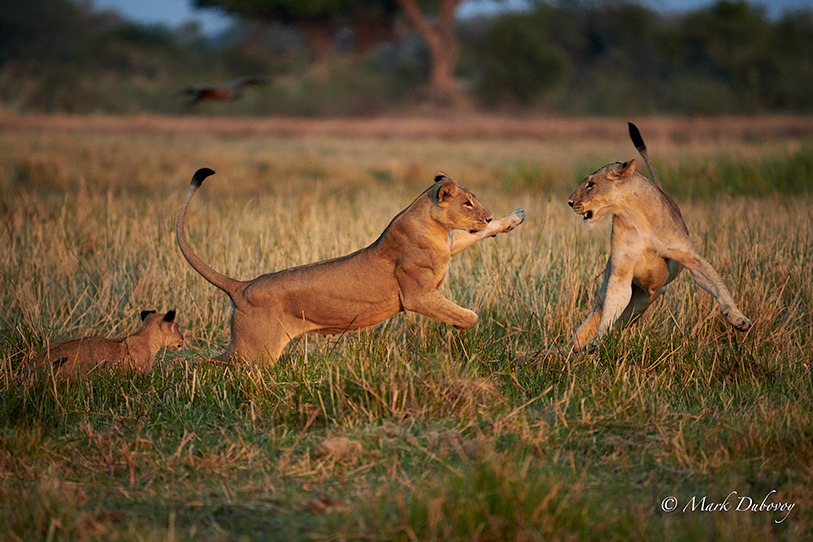
Did it work?
It actually worked extremely well. This lens sets a new standard for image quality of zoom lenses in this focal length range. Having continuous focal lengths between 180 mm and 400 mm made it possible for me to not need a second body. But more importantly, for the first time I have found a zoom lens that in the 300-400mm range delivers image quality I can live with.
The addition of the built-in 1.4X teleconverter is a welcome bonus. It takes the lens all the way up to 560 mm in focal length with a small loss of image quality. I found myself using the teleconverter a lot more than I had anticipated, and even with the small loss in image quality, the results are still excellent.
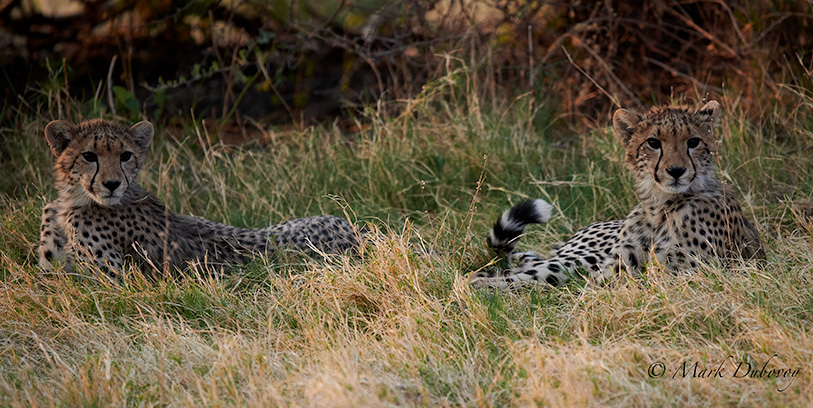
In the end, it is all about the images
I am quite satisfied that despite my shoulder injury and the real difficulties and pain I had while trying to use the camera, I was able to capture some good images. I am also delighted about how my approach to the subject and my focus on style were enhanced by my very special life partner.
And last, but not least, we were amazingly lucky to experience some stunning nature stories.

Stories
While I could write a lot about the different stories leading to each image, I usually like to let my images speak for themselves. Therefore, I have chosen not to elaborate on each image, except for the information given in the image caption.
I will make one exception though for an example which I think was rather unique:
One early morning, we were able to track a female leopard and by the time we found her, she had just jumped on top of a tree and was precariously perched on a very thin branch. The reason for this is that she was being pursued by a group of approximately 50 baboons. Baboons and leopards are mortal enemies, so the baboons clearly wanted to kill the leopard.
The whole thing turned into some sort of a baboon family event. The group of baboons grew larger with mothers and babies joining to watch the action. Young ones were playing, adolescents were trying unsuccessfully to reach the leopard and the bigger more experienced baboons were trying all kinds of intelligent strategies to kill the female leopard.
They tried to surprise her, flank her, shake the branch, break the branch, but nothing worked. The leopard was quite experienced and extremely aggressive in order to save her life. The growling of the cat, the showing teeth and swatting at each other between the baboons and the leopard and the screaming of the baboons were all quite a spectacle.
This went on for the better part of approximately 2 hours…
At that point, the baboons began to realize that the hunt for the leopard was futile, and they began to give up. This happened very slowly; each baboon seemed to make his or her own decision as to whether to leave or stay. Eventually, they all left. This took about another hour.
Once the baboons were gone, the leopard nervously descended very very slowly down the vertical trunk of the tree. It was amazing to watch her do this head first, extremely slowly with the rear claws well above her head dug in very deep into the trunk of the tree.
When she finally reached the ground, she was quite skittish and wanted to get away to avoid any further surprises. We managed to follow her for about 20 minutes in spite of the fact that she was not comfortable out in the open and kept going inside thick bushes.
There was a herd of impala not too far away from a group of bushes where we last saw the leopard and just as we were wondering if she might be starting to stalk them, she came out of the bushes at maximum speed and killed a baby impala right in front of our eyes. The kill was swift and clean, a quick grab and a broken neck. Mercifully, the impala died almost instantaneously and probably suffered almost no pain.
The leopard had transformed herself from prey to predator. From almost being killed to making a kill. Such is nature….
She carried her prey for several miles (see image below) until she placed it on top of a termite mound and ate it. This completed the circle of the daily evolution of one more day in the bush.
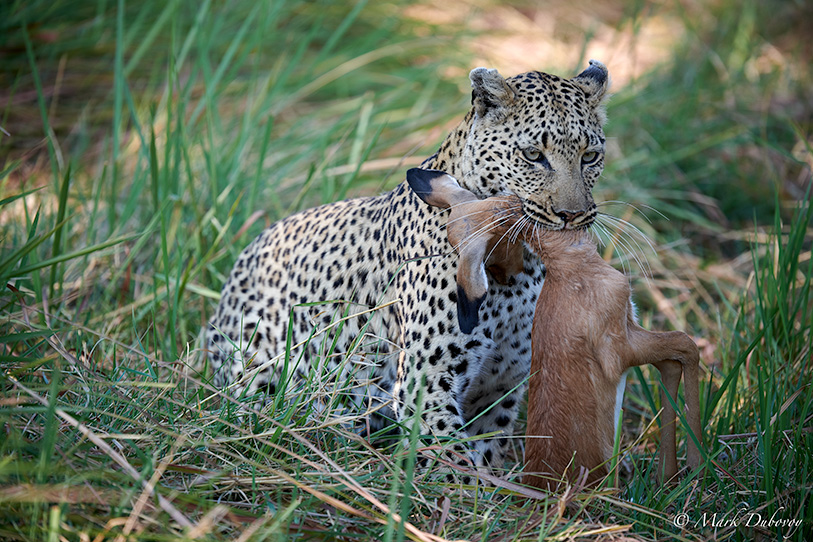
Conclusion
There are several important conclusions I can draw from this latest trip to Africa. Here they are listed in no particular order:
- Zoom lenses (at least some of them) seem to finally be getting to the point where the quality is something I (and most other photographers) can live with. I think this is excellent news for all of us.
- Prior preparation and focus, which allows minimizing the amount of equipment we carry is a mantra that this trip reinforced for me once again.
- Even when injured, don’t give up. You might be surprised what you can do.
- Observing and listening to others, even non-photographers can enhance and improve your vision.
- Africa continues to be an extraordinary place. Unfortunately, wildlife and the environment around us is literally crumbling. Mankind has literally destroyed half of this planet already. It behooves all of us to do whatever we can to preserve the species that are still alive and to preserve the few totally natural places left.
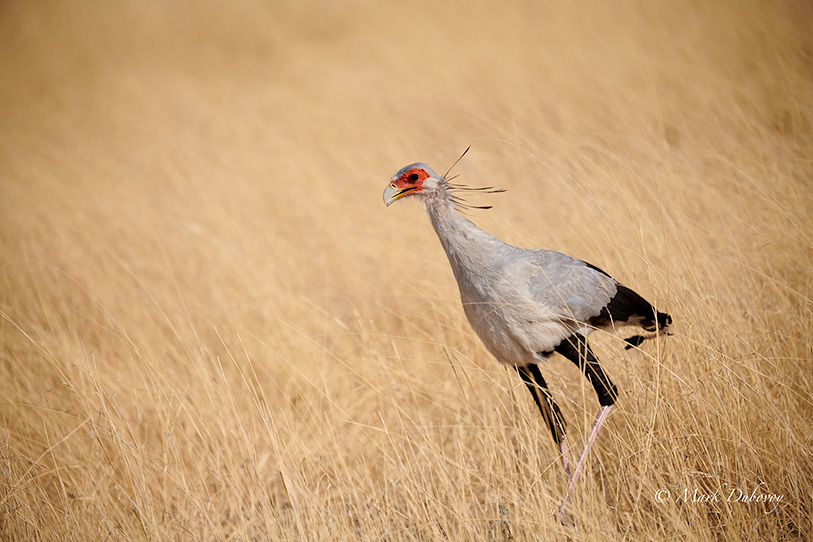
I hope the images in this article will inspire some important thoughts and feelings, as well as inspire awe in what nature can do.


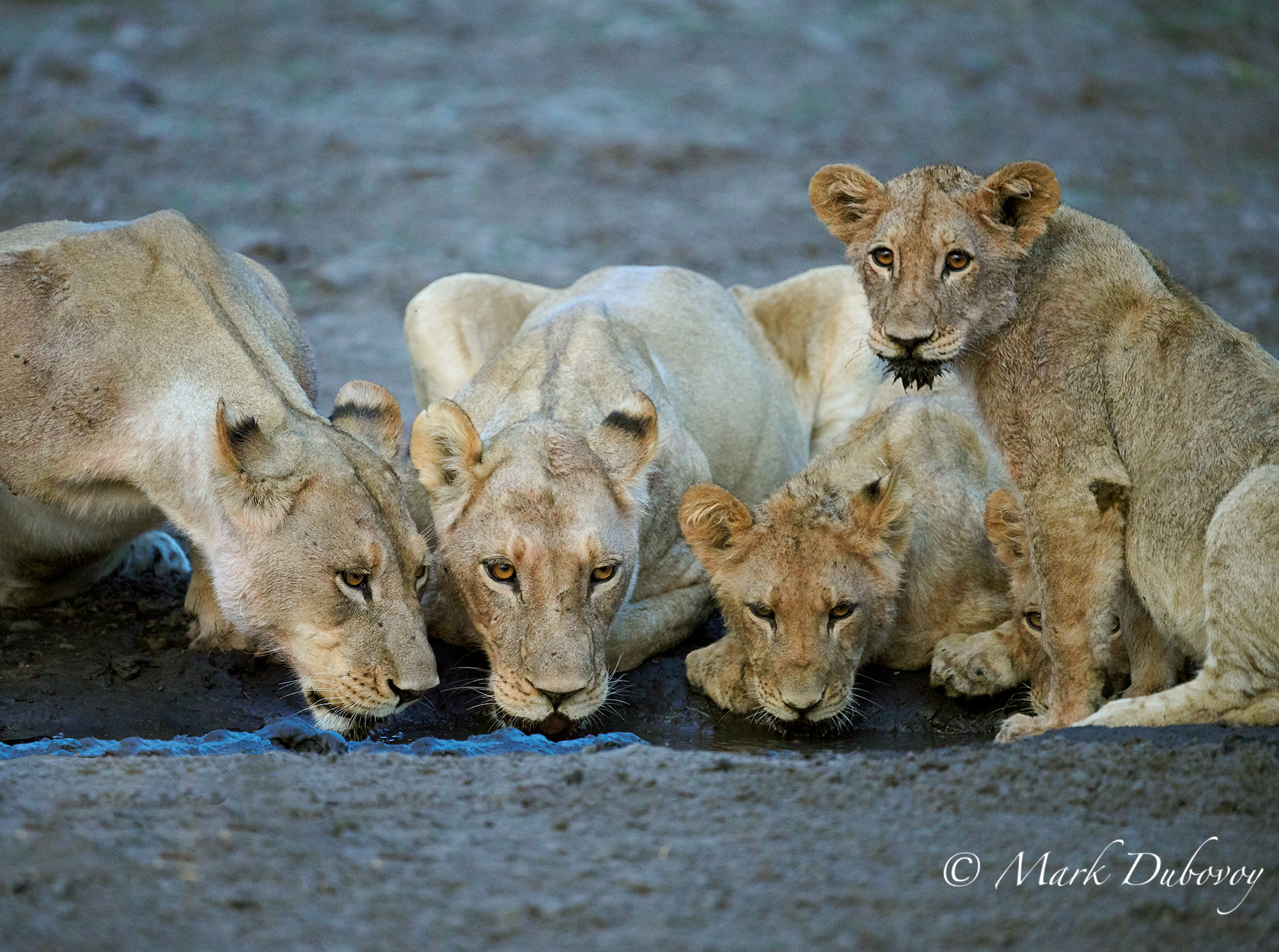



Your Thoughts